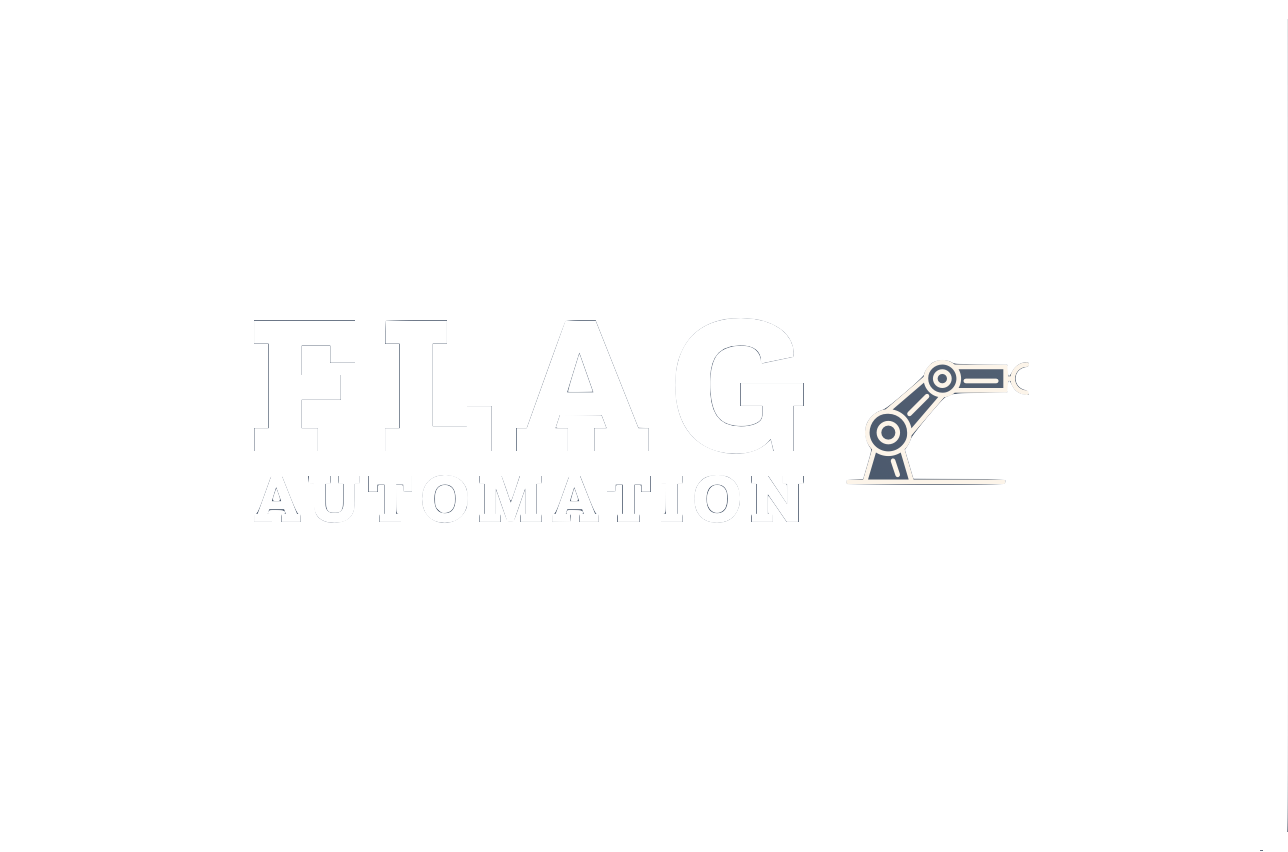The Robot Palletizing Gripper is the core actuator of industrial robots for palletizing operations. It is mainly used to grab, carry and stack items to designated locations. Its main functions include:
1. Improve palletizing efficiency
The robot gripper can quickly and accurately grab and place items. Compared with manual operation, it is more efficient and can achieve 24-hour continuous operation.
2. Ensure the quality and stability of palletizing
By precisely controlling the grabbing force and placement angle, ensure that the items are stacked neatly, and reduce the problems of dumping, damage or uneven palletizing.
3. Reduce manual labor intensity
Palletizing operations usually involve large quantities of highly repetitive and heavy items. The robot gripper can replace manual operation to reduce physical exertion and occupational injury risks.
4. Adapt to a variety of item types
Through different types of grippers (such as vacuum suction cups, mechanical grippers, flexible grippers, etc.), it can handle a variety of products such as cartons, bags, barrels, plates, bottles and cans, and is widely used.
5. Improve the level of production automation
The combination of palletizing robots with conveyor belts, AGV (automatic guided vehicles) and other equipment can realize fully automatic logistics management and improve the intelligence level of production lines.
6. Reduce production costs
Although the initial investment is large, in the long run, palletizing robots reduce labor costs, improve production efficiency and stability, and reduce the overall operating costs of enterprises.
Common types of robot palletizing grippers
Vacuum suction cup grippers
Applicable to items with smooth surfaces such as cartons, glass, plates, and metal sheets.
Mechanical claw grippers
Applicable to bags, large boxes, wooden pallets, etc., relying on clamping force to fix items.
Flexible grippers
Applicable to fragile or irregular items, such as food, fruits and vegetables, and medicines.
Needle grippers
Applicable to soft or non-absorbent items such as woven bags, cloth, and foam materials.

